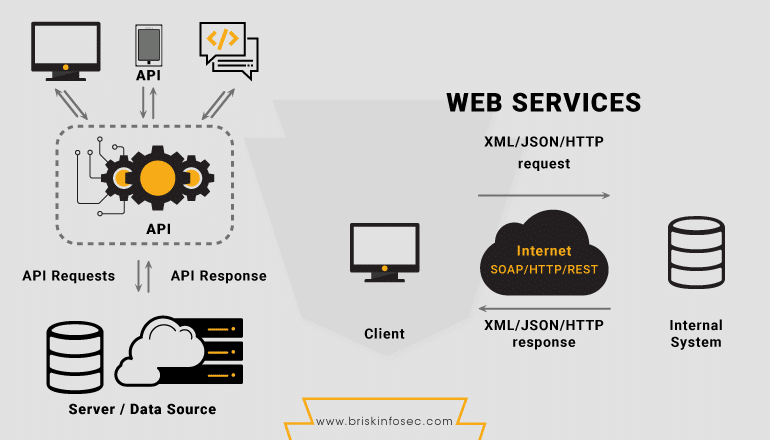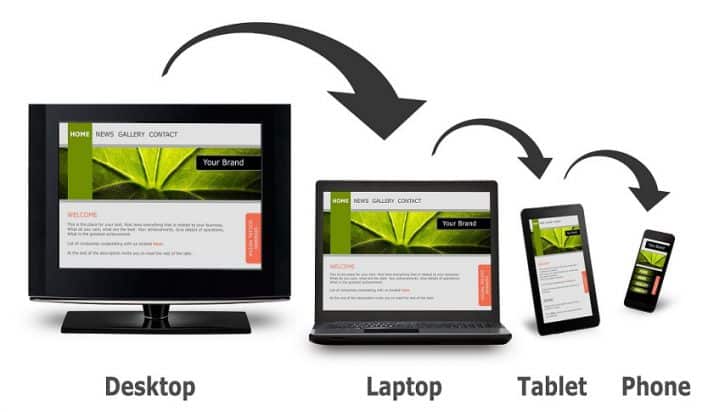How APIs Enable Communication Between Web Services: A Friendly Guide
In today’s interconnected digital landscape, Application Programming Interfaces (APIs) play a pivotal role in enabling seamless communication between web services. Whether you’re booking a flight, checking the weather, or logging into a website using your Google account, APIs are working tirelessly behind the scenes to make these interactions possible.
But how exactly do APIs facilitate communication between web services? Let’s embark on a journey to demystify this process.
🧩 What Is an API?
At its core, an API is a set of rules and protocols that allow one software application to interact with another. Think of it as a waiter in a restaurant: you (the client) place an order (request), the waiter (API) takes it to the kitchen (server), and then brings back your meal (response). This analogy captures the essence of how APIs function in the digital realm.
🌐 How APIs Enable Communication Between Web Services
Web services are software systems designed to support interoperable machine-to-machine interaction over a network. APIs serve as the bridge that connects these services, enabling them to exchange data and perform operations seamlessly.
1. Standardized Communication Protocols
APIs utilize standardized communication protocols, such as HTTP/HTTPS, to facilitate data exchange between web services. This standardization ensures that different systems, regardless of their underlying technologies, can communicate effectively.
2. Data Formats and Serialization
To ensure that data is transmitted in a readable and usable format, APIs often use data serialization formats like JSON (JavaScript Object Notation) or XML (eXtensible Markup Language). JSON, in particular, has gained popularity due to its lightweight nature and ease of use.
3. Request and Response Model
The communication between web services via APIs follows a request-response model:
-
Request: The client sends a request to the server via the API, specifying the desired operation and any necessary parameters.
-
Processing: The server processes the request, performs the required operation, and prepares a response.
-
Response: The server sends the response back to the client, often containing the requested data or a status message.
4. Authentication and Authorization
To ensure secure communication, APIs often implement authentication and authorization mechanisms. This ensures that only authorized clients can access certain resources or perform specific operations.

🔍 FAQs
Q1: What are the different types of APIs?
APIs can be categorized based on their accessibility and usage:
-
Open APIs: Publicly available for use by external developers.
-
Partner APIs: Shared with specific partners for integration purposes.
-
Internal APIs: Used within an organization to facilitate internal operations.
Q2: What is the difference between REST and SOAP APIs?
-
REST (Representational State Transfer): A lightweight, stateless architectural style that uses HTTP methods and is commonly used in web services.
-
SOAP (Simple Object Access Protocol): A protocol that defines a set of rules for structuring messages and relies on XML for message format.
Q3: How can I secure my API?
Securing your API involves implementing measures such as:
-
Authentication: Verifying the identity of clients (e.g., using API keys or OAuth).
-
Authorization: Ensuring clients have permission to access specific resources.
-
Encryption: Protecting data in transit using protocols like HTTPS.
-
Rate Limiting: Preventing abuse by limiting the number of requests from a client.
🚀 Conclusion
APIs are the unsung heroes of the digital world, enabling seamless communication between web services and powering countless applications we rely on daily. By understanding how APIs facilitate this communication, you can appreciate the intricate dance that occurs behind the scenes to deliver the services and information we often take for granted.
Whether you’re a developer looking to integrate external services or a curious user wanting to understand the technology that powers modern applications, grasping the role of APIs in web service communication is a valuable step toward navigating the digital landscape.






